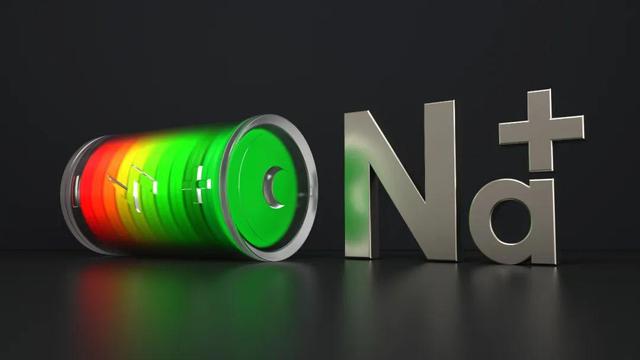Blog
Everything You Should Know About Sodium-Ion Battery (Na-ion Battery)
2025-05-20 | Eric

With lithium prices soaring and environmental concerns mounting, a new challenger has entered the race for the future of energy storage—sodium-ion batteries. Long overlooked, this technology is finally getting the spotlight, offering a cleaner, safer, and more affordable path forward. Could this be the breakthrough we’ve been waiting for?
In this article, we’ll explore why sodium-ion batteries (Na-ion) are gaining momentum, how they stack up against lithium-ion (Li-ion) batteries, and why industries—from grid-scale storage to electric vehicles—are paying close attention.
1. Sodium is Abundant—and That Means Cheaper Batteries
Sodium is the sixth most abundant element on Earth and can even be extracted from seawater using conventional, low-impact methods.
In contrast, lithium is concentrated in just a few regions like Chile, Australia, and China. Its extraction is energy-intensive, expensive, and environmentally taxing.
Key Point: The cost of sodium is estimated to be around 1/50th the cost of lithium (source: Nature Energy, 2023).
2. Environmentally Friendly from the Start
Lithium mining often involves harsh chemicals and depletes freshwater resources, leaving behind environmental scars.
But sodium? It’s cleaner to process and doesn’t rely on rare earth elements or expensive cobalt. Sourcing sodium also reduces geopolitical and environmental stress.
Bottom Line: Sodium-ion batteries align better with global sustainability goals and carbon-neutral targets.
3. Safer by Design
Lithium-ion batteries are known for safety issues—fires, thermal runaway, and explosions. Sodium-ion batteries are far less volatile.
They can be discharged to 0V safely and don’t suffer from dangerous dendrite formation.
Bonus: Sodium resists dendrite buildup, improving long-term safety and reliability.
4. Performs Well in Extreme Temperatures
Sodium-ion batteries provide stable performance in cold and hot environments. That makes them perfect for EVs in harsh winters or solar systems in deserts.
5. Seamless Integration with Existing Manufacturing Lines
Sodium-ion cells can be produced on existing lithium-ion battery production lines with minimal adjustments. This lowers manufacturing costs and speeds up scalability.
Quick Comparison Table: Sodium-Ion vs Lithium-Ion
| Feature | Sodium-Ion (Na-ion) | Lithium-Ion (Li-ion) |
|---|---|---|
| Material Abundance | Highly abundant | Regionally concentrated |
| Cost of Raw Materials | Very low | High and rising |
| Environmental Impact | Lower footprint | Higher water and energy use |
| Safety | High (low fire risk) | Moderate to high fire risk |
| Temperature Tolerance | Excellent | Moderate |
| Energy Density | Lower (currently) | Higher |
| Cycle Life | Improving | High |
Real-World Applications Are Already Underway
Companies like CATL and Faradion have already launched sodium-ion battery projects. CATL introduced its first-gen sodium battery in 2023 with plans to deploy it in EVs and grid storage.
India, the UK, and China are running pilot projects in grid-scale energy storage using sodium technology.
Final Thoughts: Is Sodium the Future?
Sodium-ion batteries may not replace lithium-ion in high-performance EVs just yet, but they’re a powerful contender in the race for clean, affordable energy—especially for mass-scale use where safety and cost outweigh maximum density.
Popular Articles
Contact Details
Worktime :Monday to Friday 9am - 6pm (HKT)
WhatsApp/Wechat/Mobile :+86XXXXX
Email : info@lifepo4cellstore.com
